In brief: At the Frankfurt Motor Show, Volkswagen showed off the first ever production version of its ID.-based concept cars: The ID.3 hatchback. Utilizing VW's new MEB platform for electric cars, it comes in three trim levels. The ID.3 Basic Variant costs 30,000 euros ($33,000) while prices for the mid and long-range variant are yet to be announced.
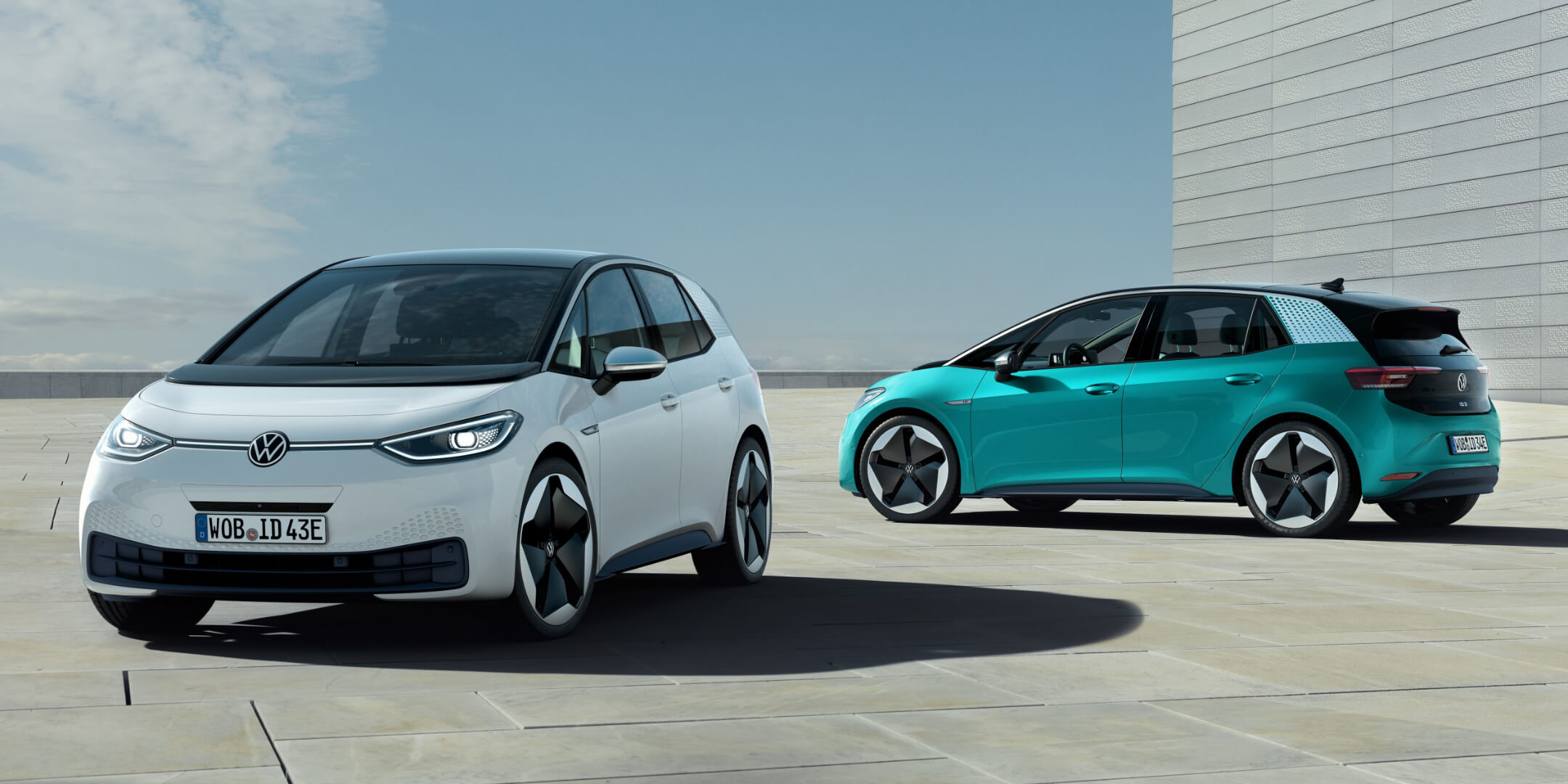
VW has been working on its 'I.D.' series of electric cars for a couple of years now. Starting with its I.D. concept car revealed at the Paris Motor Show three years ago, the German automaker later revealed more concepts - namely the Microbus inspired I.D. Buzz, a Cargo delivery van and an e-Bike based on its new brand design language - not to mention its record breaking I.D. R racing car.
It was also reported that the company had plans to mass produce a sub-$23,000 EV to rival the likes of Tesla and Chevy (Bolt) and earlier this year, it started taking pre-orders (Europe only) for the ID.3 that's now been publicly revealed at the Frankfurt Motor Show in Germany.
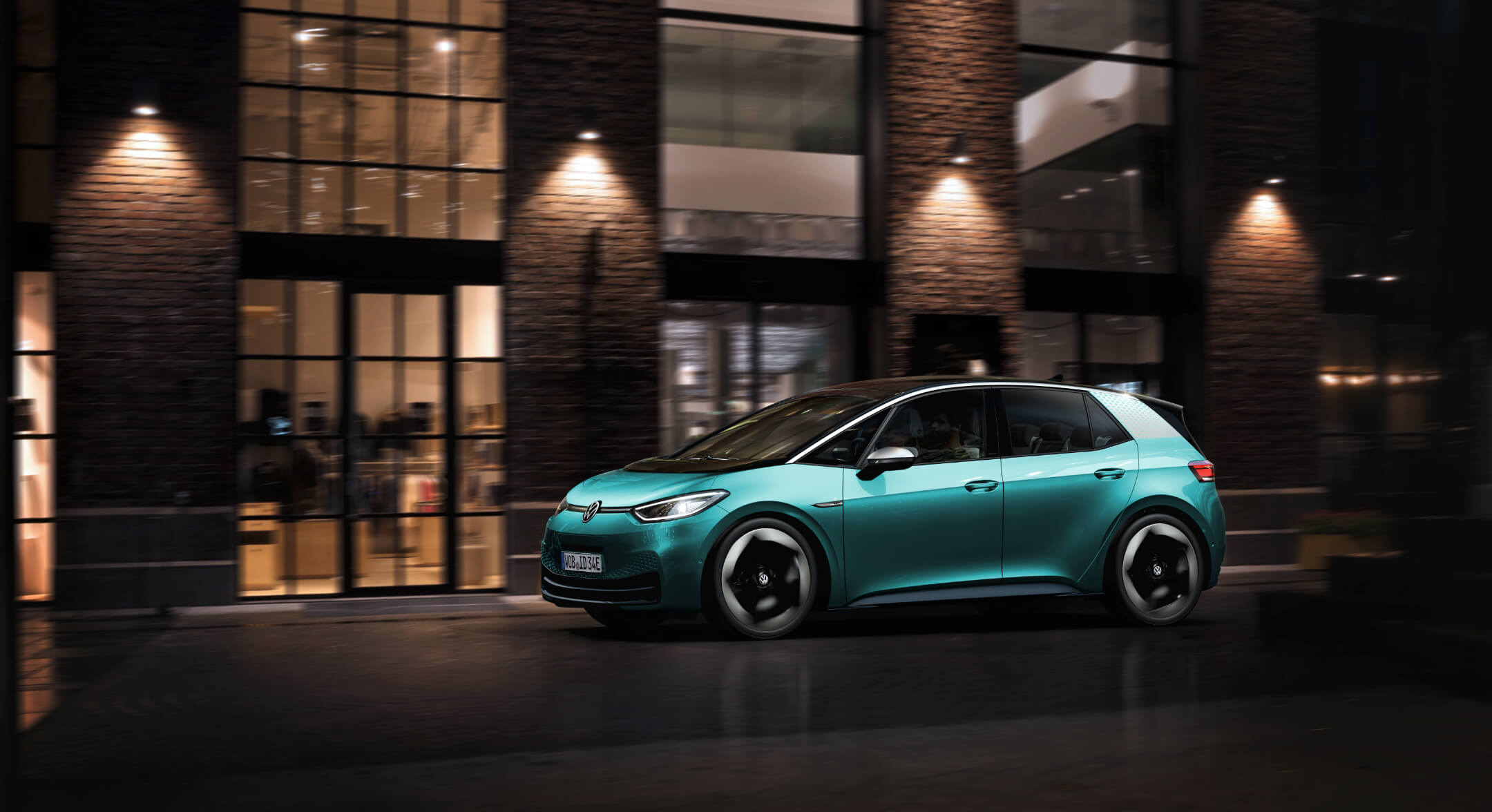
The ID.3 is the first vehicle to sit on VW's new modular car platform for EVs, called MEB, and comes in three variants, based on battery size and features. The mid-range variant called the ID.3 1ST is going to be out first, hence the name.
It comes with a 58 kWh battery for a range of up to 260 mi (420 km) on the WLTP cycle and can be charged via 11 kW (AC) or a 100 kW (DC) source. "With DC charging, it is possible to recharge enough energy to cover a range of 290 kilometers within 30 minutes," says VW, with no word yet on the price of this variant.
The base model that's meant to start under 30,000 euros ($33,000) before state subsidies as per VW, comes with a 45 kWh battery that can last up to 205 mi (330 km) on the WLTP cycle and will reach a top speed of 160 km/h. The battery can be recharged via a 7.2 kW (AC) or 50 kW (DC) source with optional 100 kW (DC) charging also available.
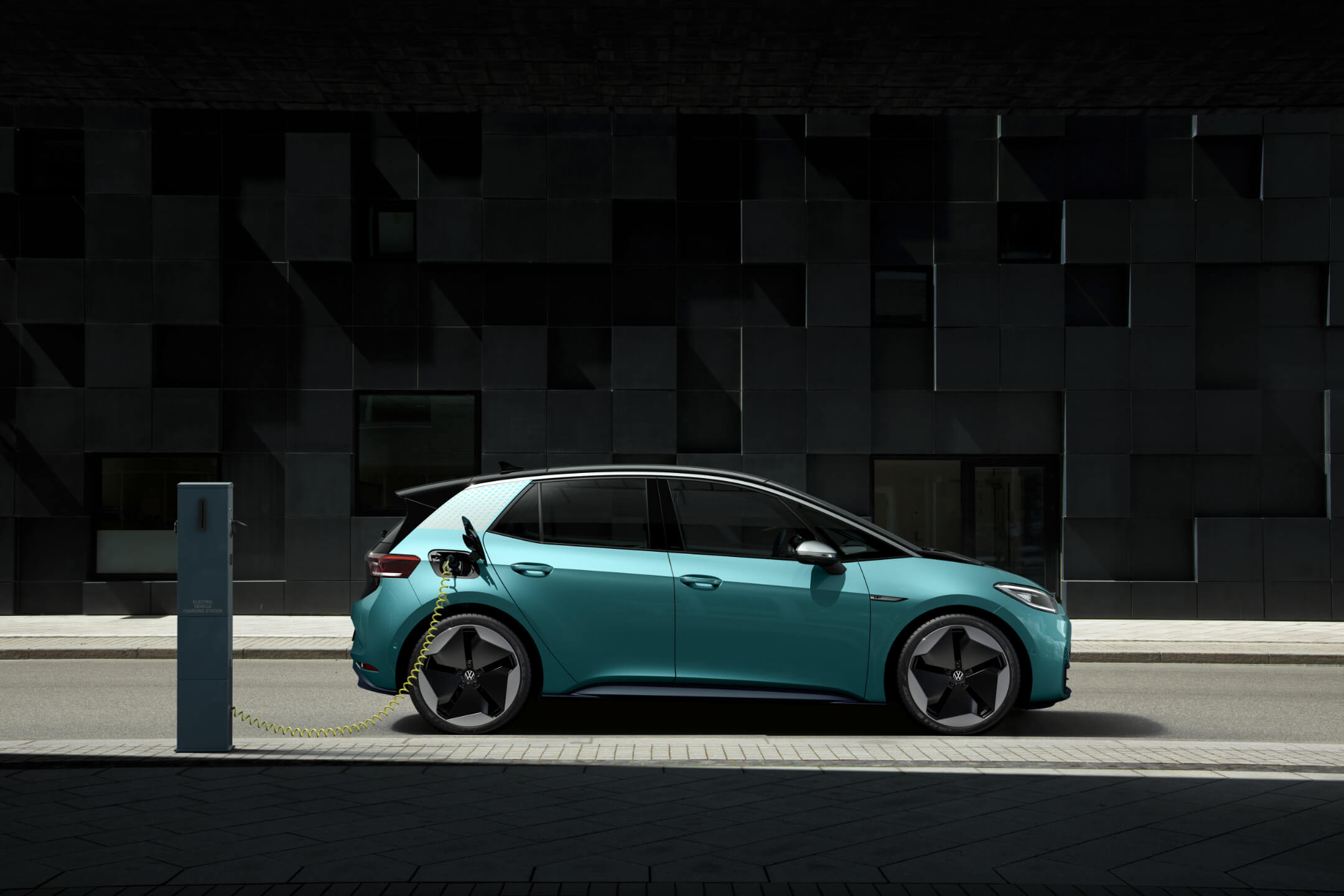
Lastly, there's the ID.3 Long-Range that comes with a 77 kWh battery pack that'll do 340 miles (550 km) as per WLTP and can be recharged via 11 kW (AC) or up to 125 kW of DC power. Pricing for this variant is still to be revealed but being the flagship of the series, it'll have interior goodies like an augmented reality HUD, a Beats sound system and a panoramic glass roof, among other features.
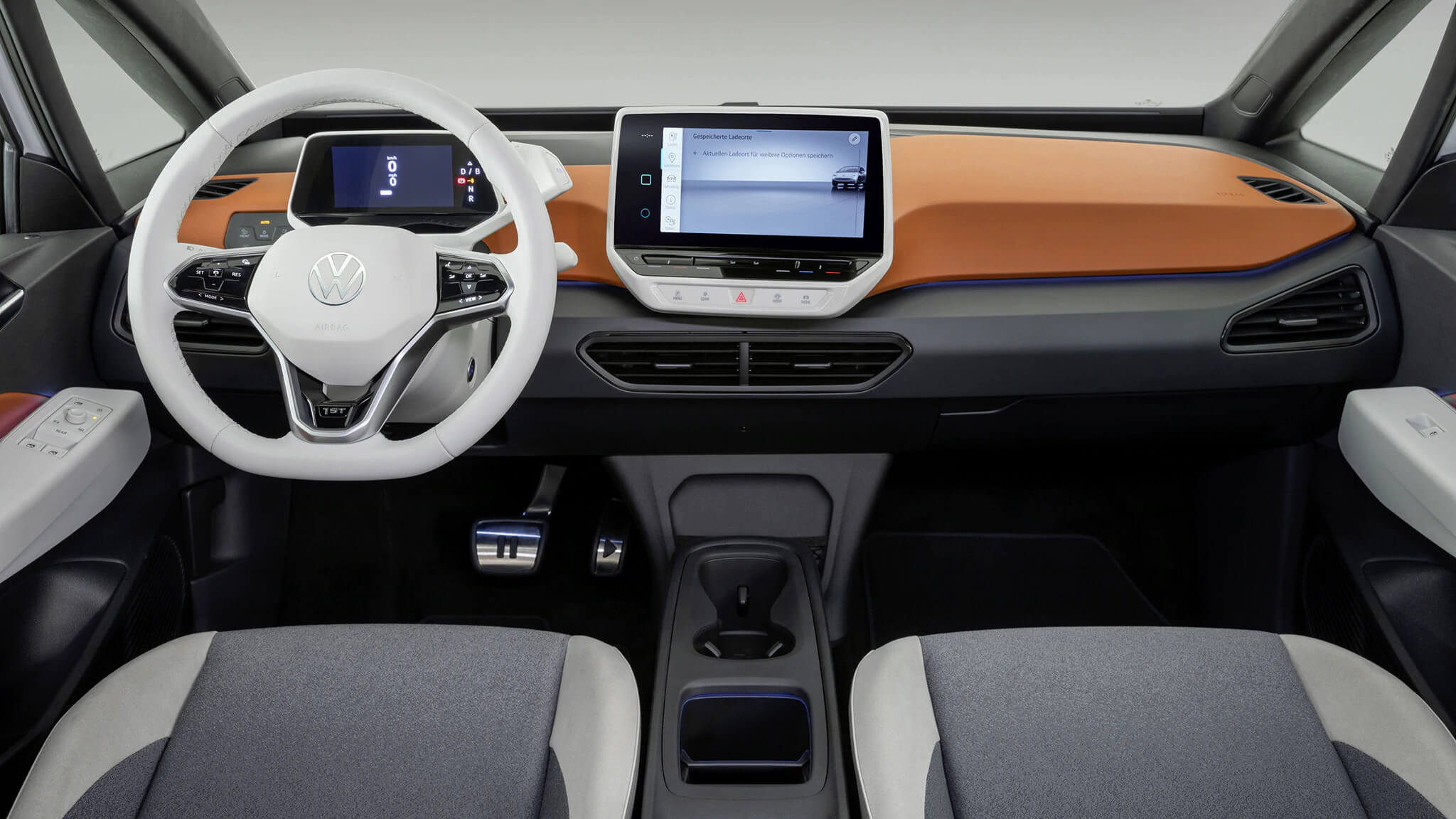
The Golf-sized hatchback has shorter overhangs, a longer wheelbase and no center tunnel to make for a spacious interior that's got seating for five and 385 liters of boot space.
"The sculptured, flowing surface structure has been inspired by nature’s shapes—bionic design rather than rational technology," says VW, describing its 'Open Space' interior layout that's got a 10-inch touch screen in the center to take care of the usual tasks.
Rest of the cabin is all touch operated apart from the window switches and the hazard lights that use physical buttons. Damn these smartphones!
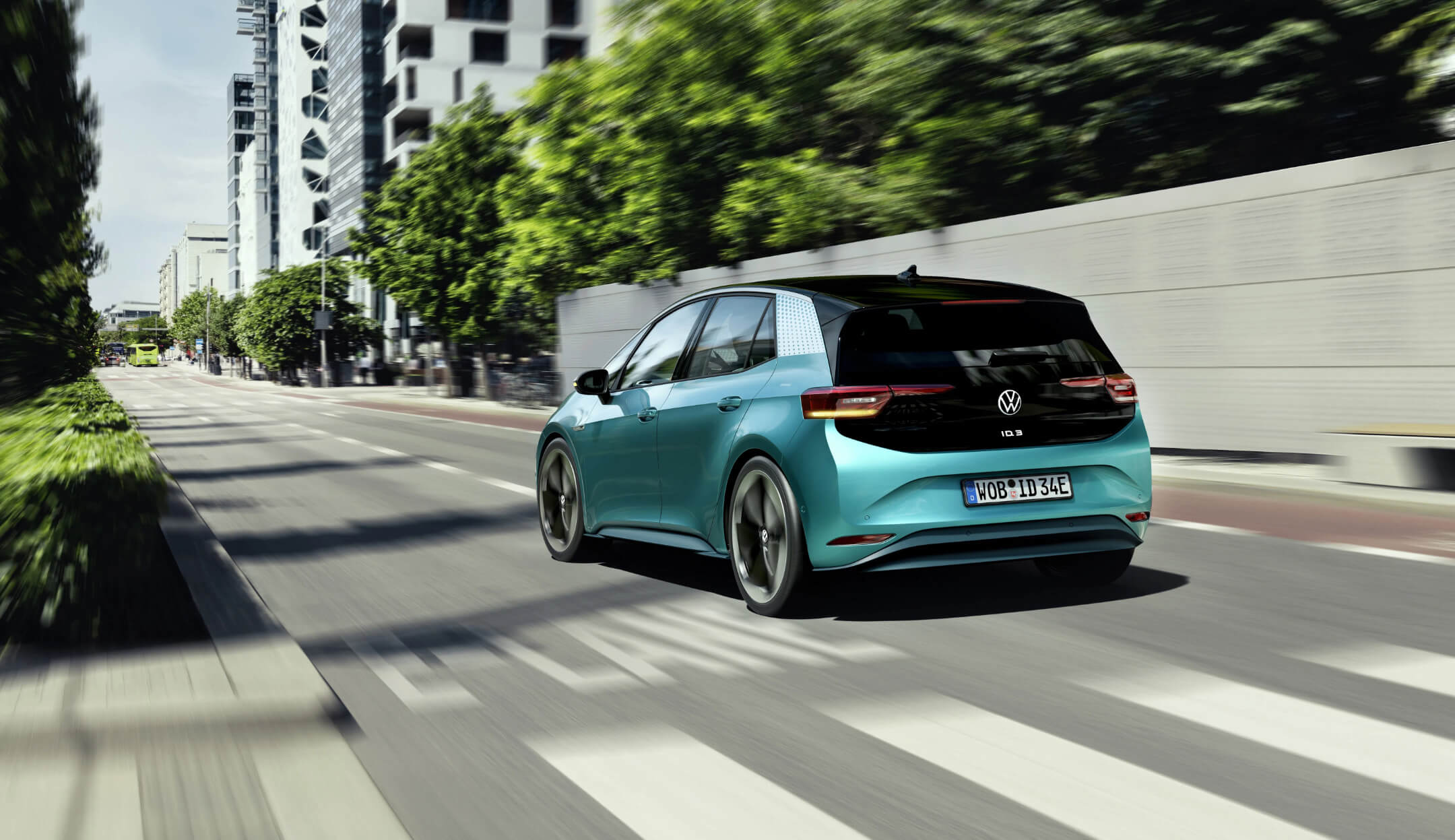
The ID.3 has also got VW's latest driver assist features that include "Front Assist with City Emergency Braking System and Pedestrian Monitoring, multicollision brake and Lane Assist lane keeping system, Side Assist lane change system, Park Assist including rear view camera system."
"With the ID.3, Volkswagen is heading towards the future. The natural style and absolutely intuitive user experience demonstrate a new, electric way of thinking," said Head Designer Klaus Bischoff.
Production of the car is planned for November this year with deliveries expected in mid-2020 starting with Germany. During this time, VW has plans to install 400 ultra-fast charging stations across major European routes.
The ID.3 hatchback won't be heading to the US, instead, a production version of VW's ID.CROZZ SUV will be available to buy there sometime next year.
https://www.techspot.com/news/81822-volkswagen-reveals-all-electric-id3-hatchback-thatll-do.html